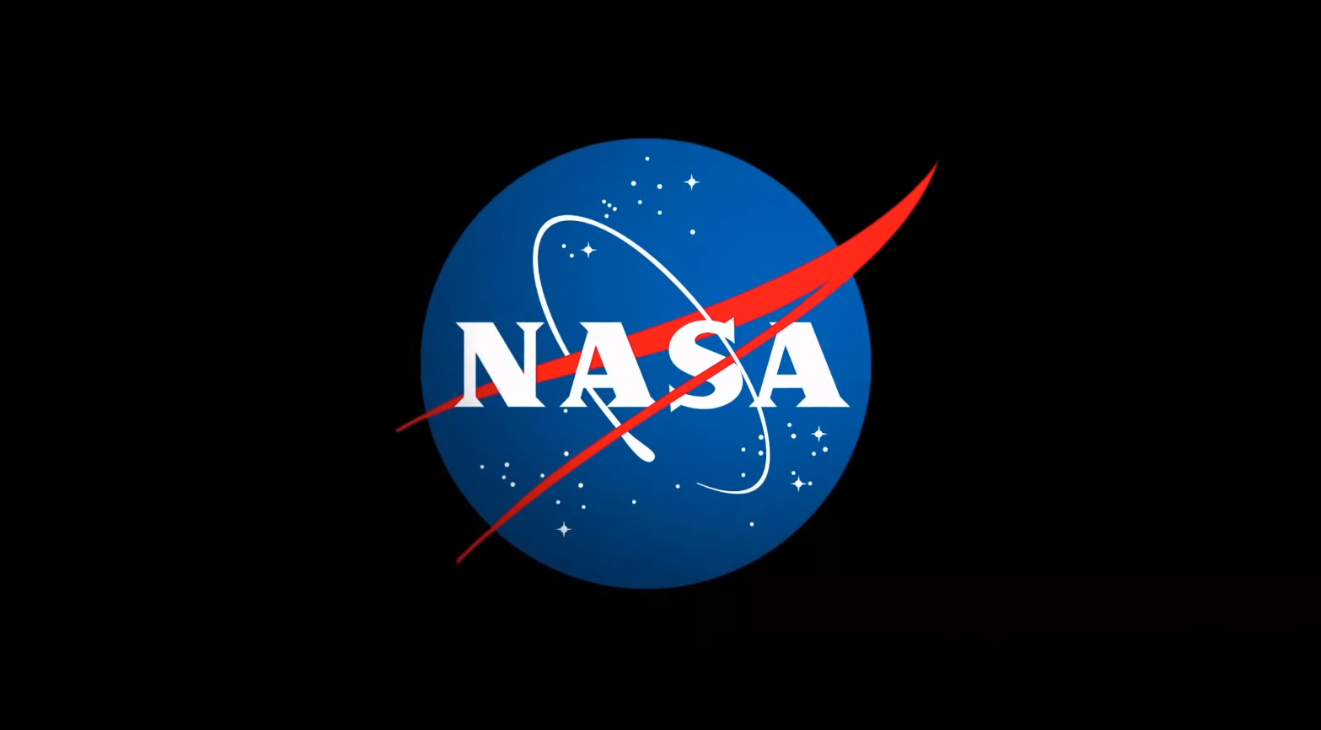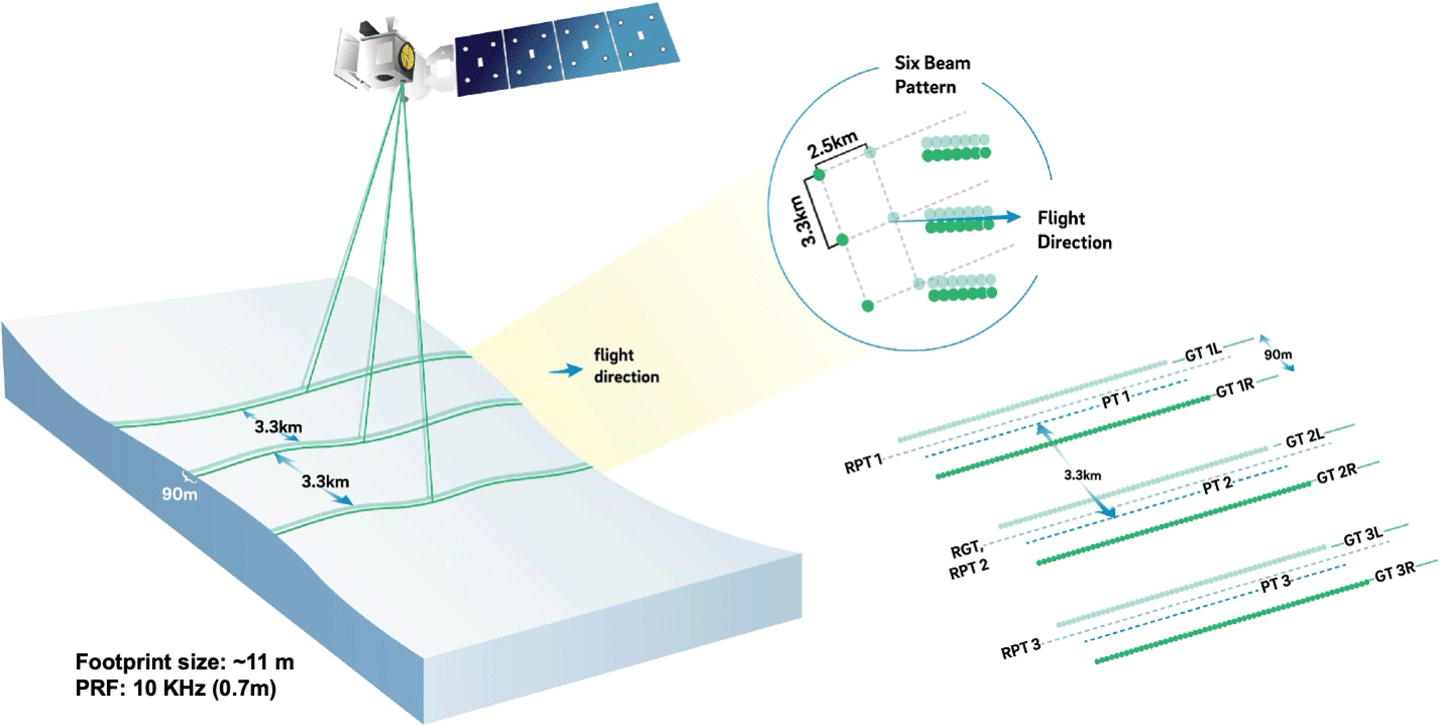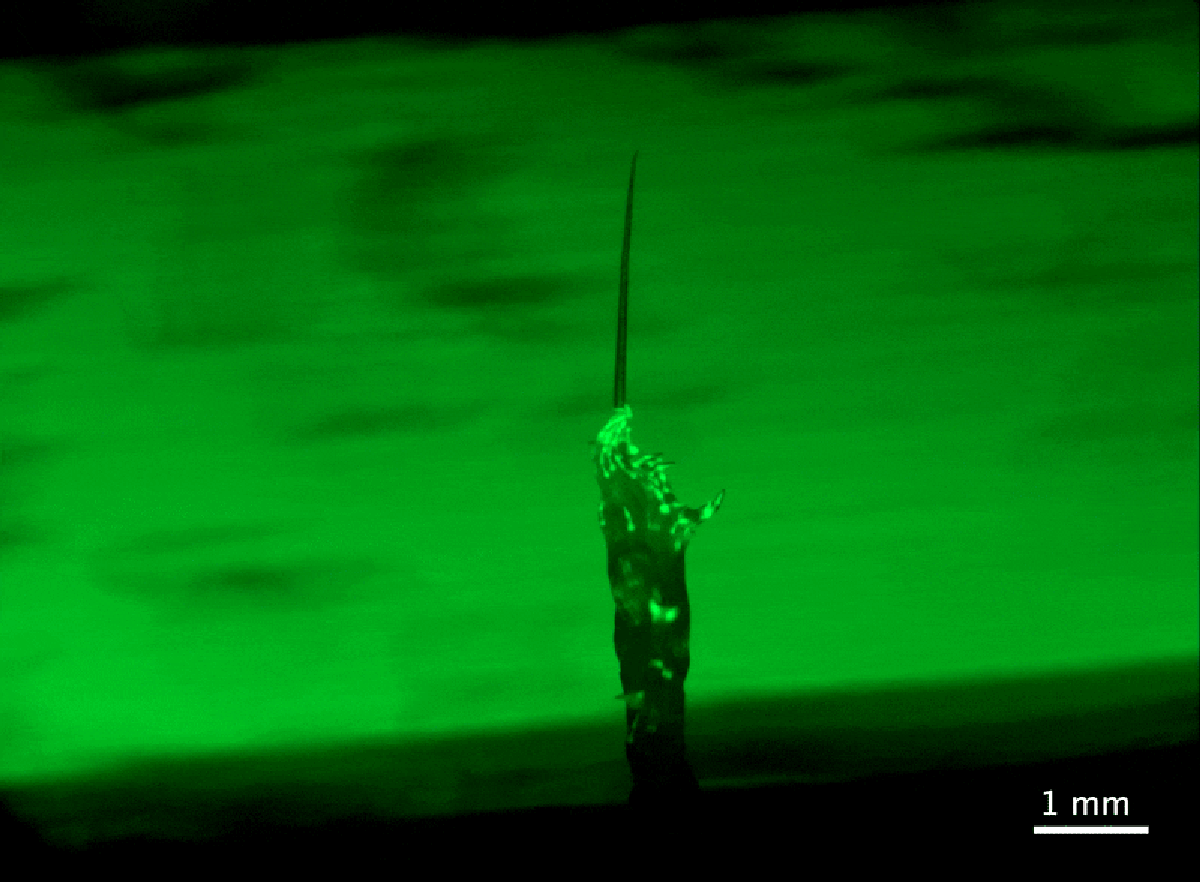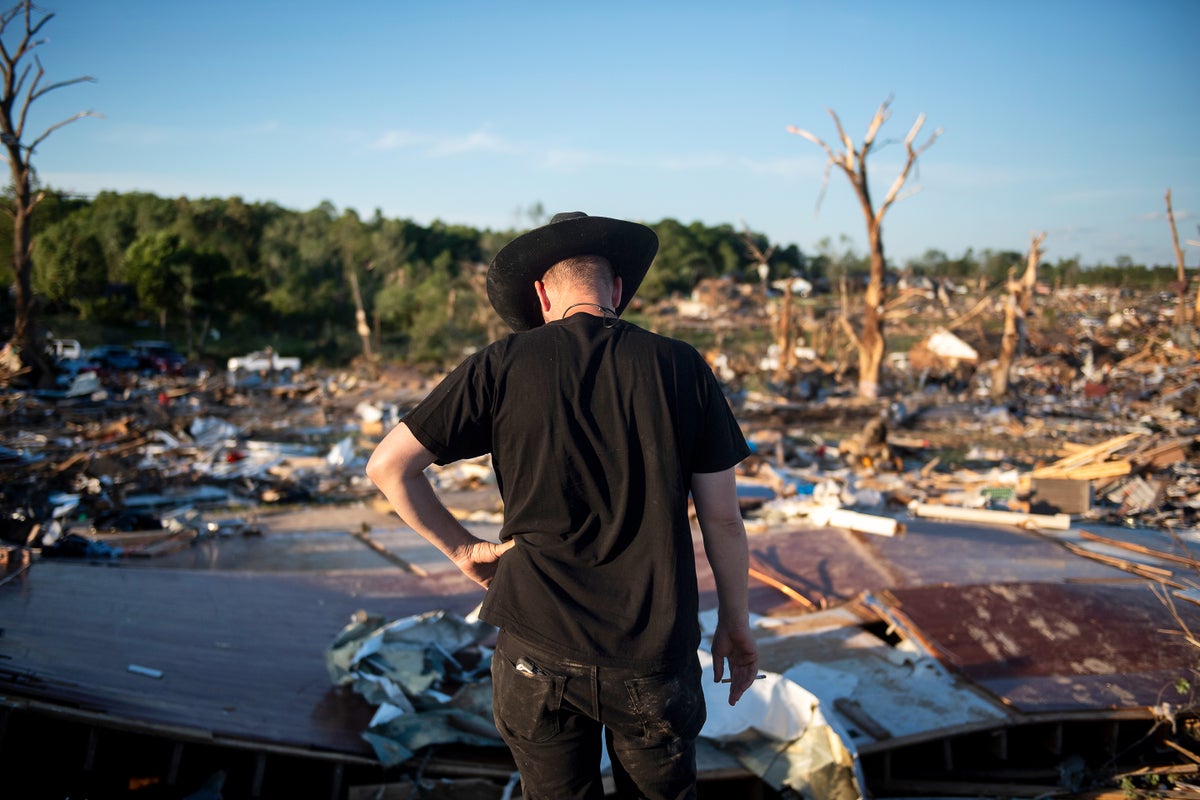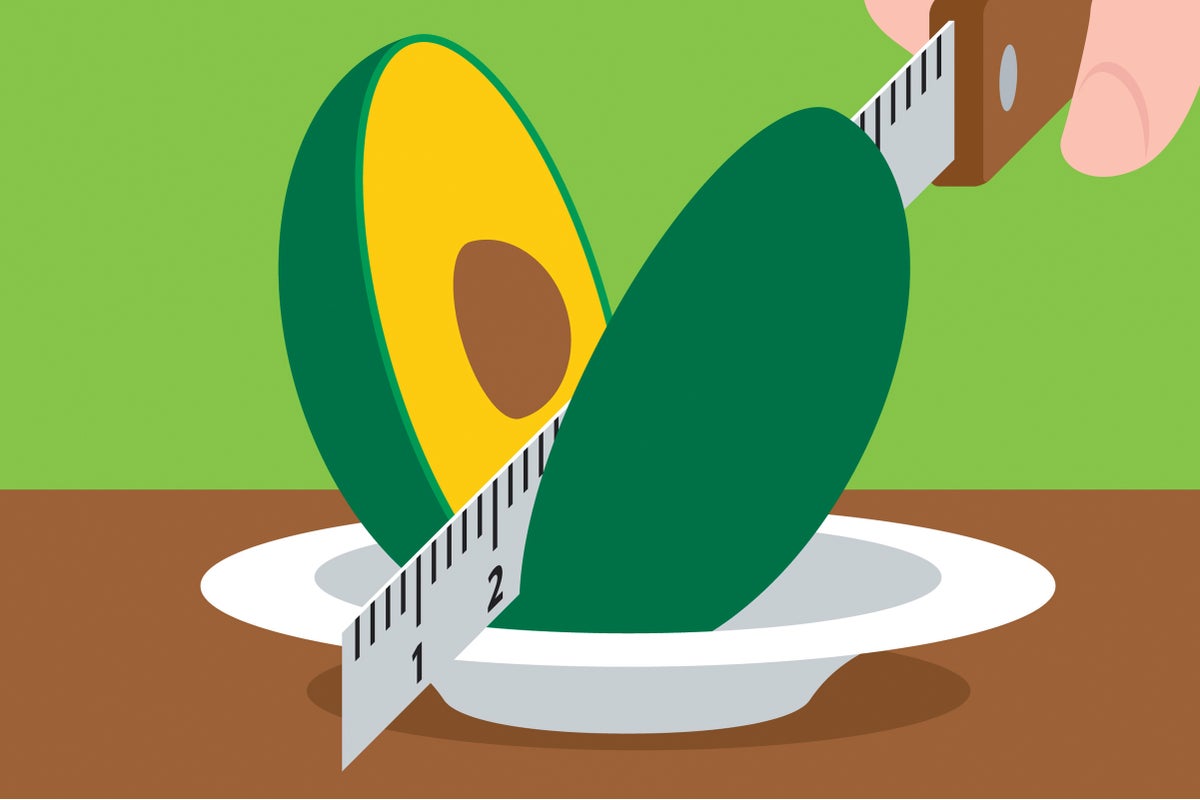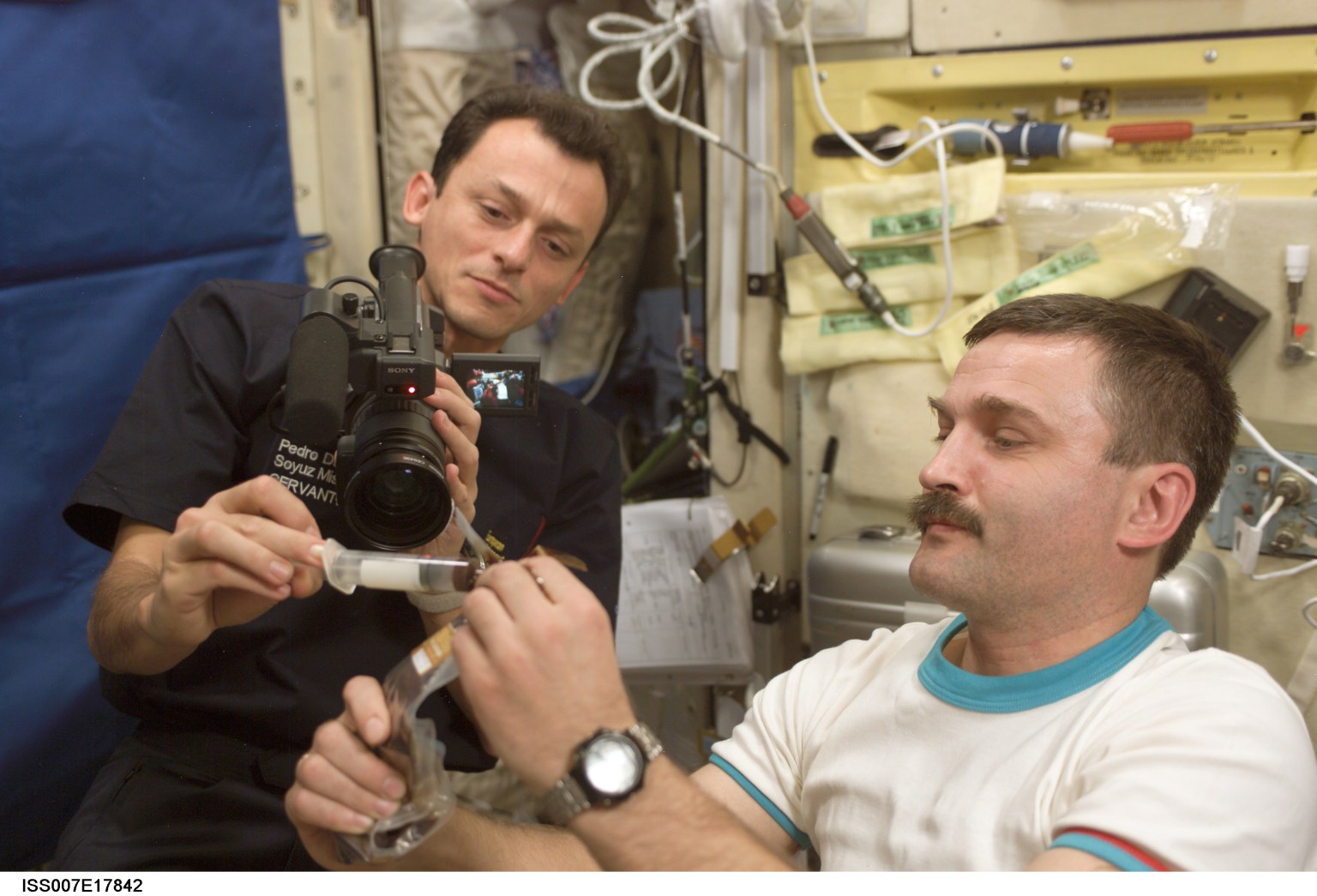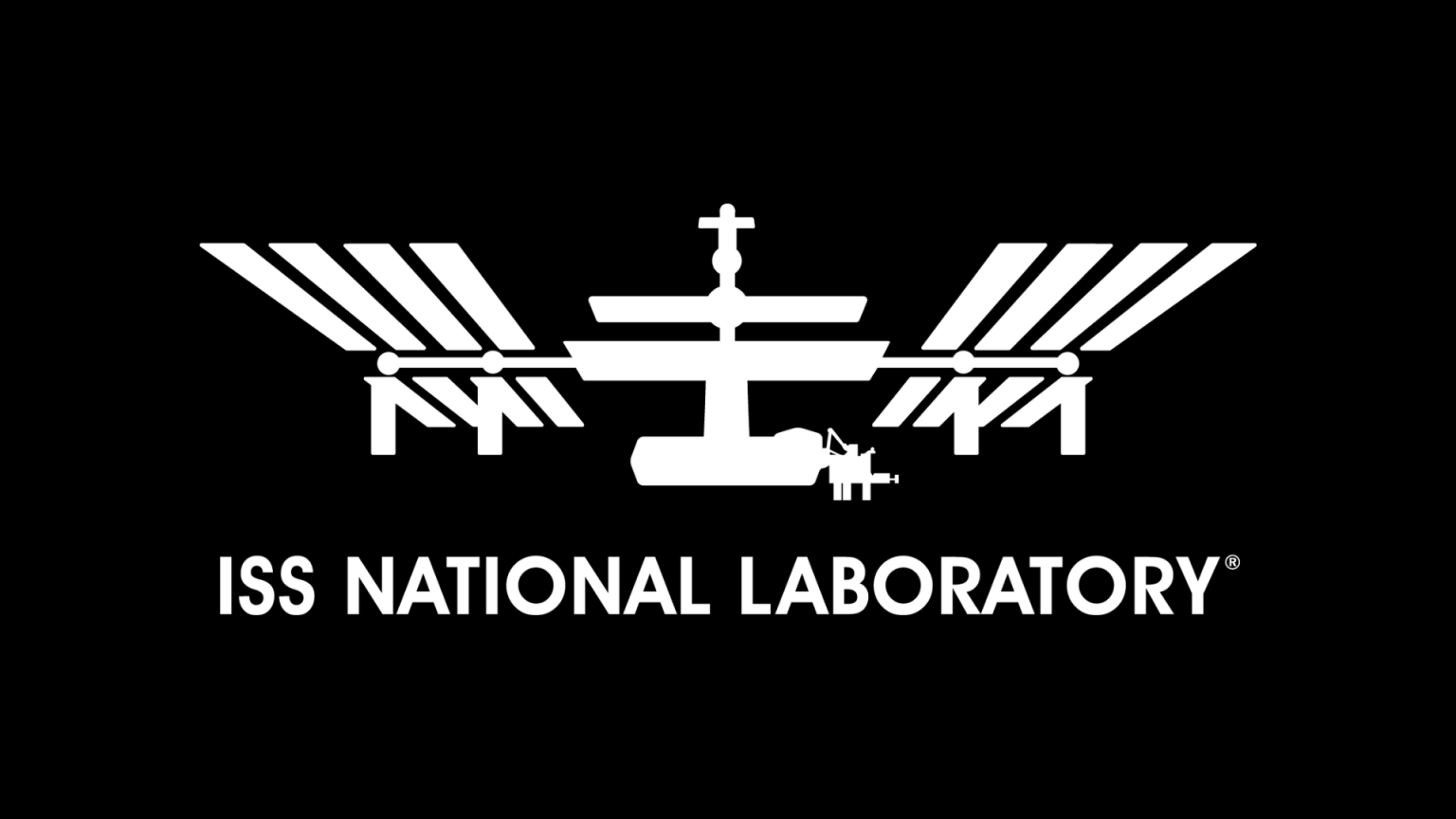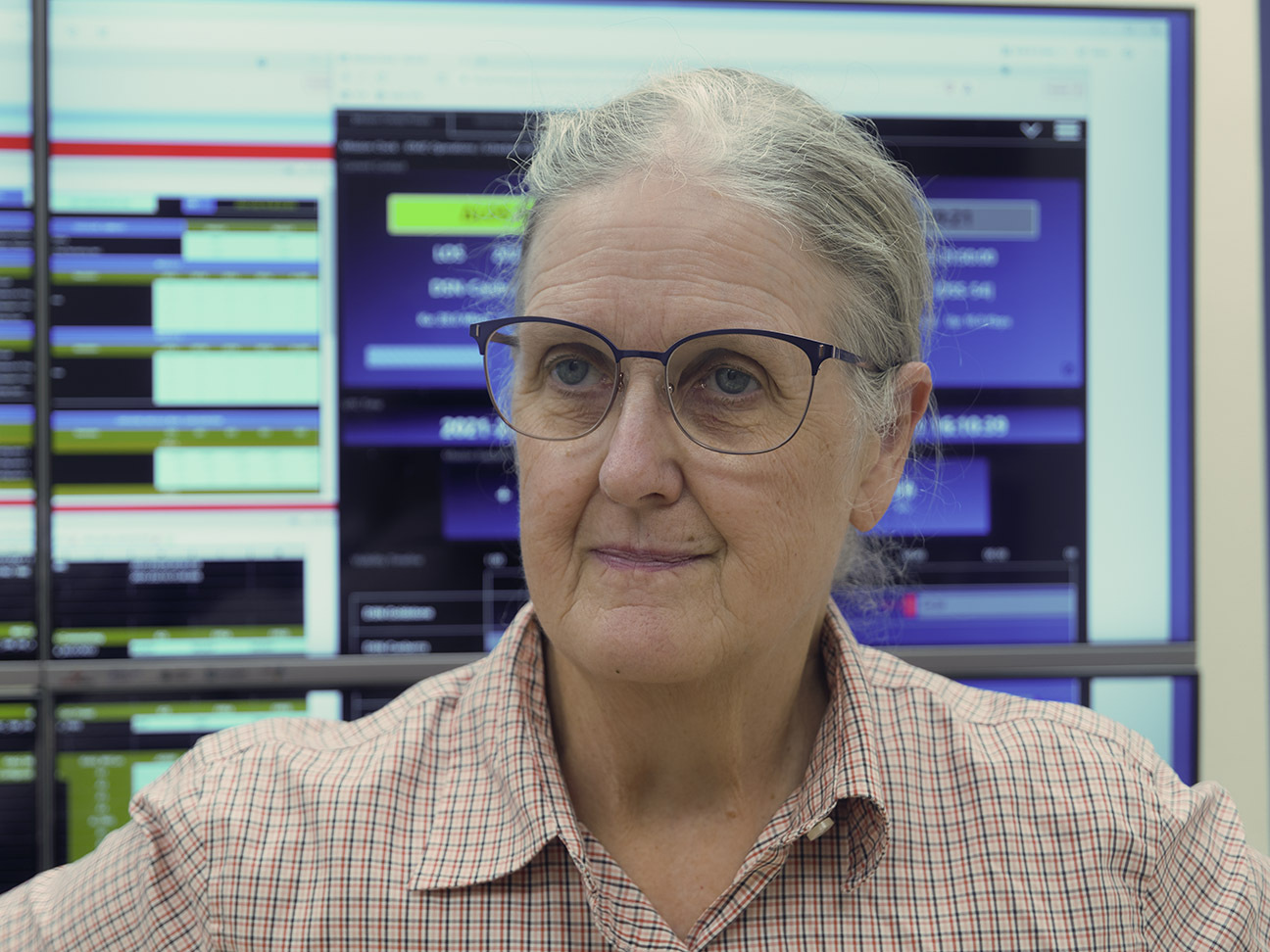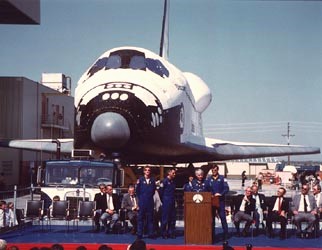Ham Radio in Space: Engaging with Students Worldwide for 40 Years
In May 2018, a student at Mill Springs Academy in Alpharetta, Georgia, Andrew Maichle, talked to NASA astronaut Scott Tingle on the International Space Station via amateur or ham radio. The experience profoundly affected Maichle, who went on to study electrical engineering at Clemson University in South Carolina. “It was so cool to see in […]
5 min read
Ham Radio in Space: Engaging with Students Worldwide for 40 Years
In May 2018, a student at Mill Springs Academy in Alpharetta, Georgia, Andrew Maichle, talked to NASA astronaut Scott Tingle on the International Space Station via amateur or ham radio. The experience profoundly affected Maichle, who went on to study electrical engineering at Clemson University in South Carolina.
“It was so cool to see in real time the utmost levels of what people in science are able to accomplish, and to talk to and interact with someone at that level,” Maichle recalls. “The space station is an incredible work of engineering and to interact with someone in space was just mind-boggling. I was extraordinarily honored and very lucky to have had the opportunity.”
40 Years of Contact
As of November 2023, students have been talking to astronauts in space for 40 years. Crew members on the space shuttle Columbia first used an amateur radio to communicate with people on Earth in 1983. That program, the Shuttle Amateur Radio Experiment (SAREX), ended in 1999.
In October 2000, amateur radio equipment launched to the space station along with its first crew members, who deployed it on Nov. 13, 2000. ISS Ham Radio, also known as Amateur Radio on the International Space Station (ARISS), has operated continuously since then. Each year, the program hosts about a hundred contacts. It has now directly connected over 100 crew members with more than 250,000 participants from 49 U.S. states, 63 countries, and every continent. These experiences encourage interest in science, technology, engineering, and mathematics (STEM) education and help inspire the next generation.
“The ham radio program represents an amazing opportunity to engage with kids all over the world,” said NASA astronaut Kjell Lindgren, who participated on each of his missions. “It provides the opportunity for educators and ham operators to encourage and inspire their students with STEM topics culminating in a real-time conversation with astronauts living and working on the space station.”
Before a scheduled contact, students study related topics. They have about nine minutes to ask questions, often discussing career choices and scientific activities aboard the orbiting laboratory.
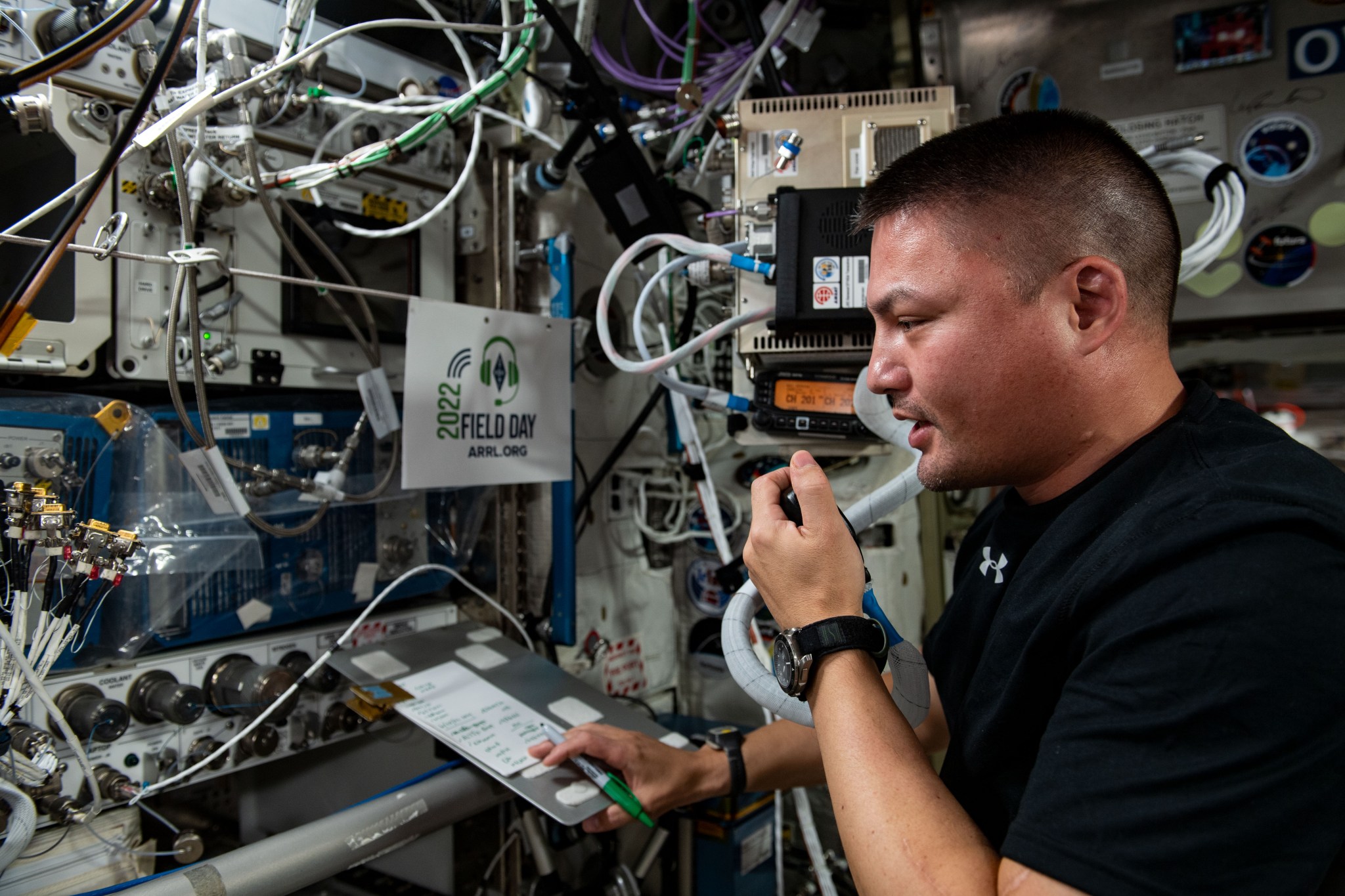
Inspiration Beyond Education
These contacts go beyond inspiring students – sometimes they encourage entire communities. Students at Canterbury School in Fort Myers, Florida, spoke with crew members on Oct. 24, 2022. Just a few weeks earlier, Hurricane Ian displaced 30 percent of the school’s population.
“Before the hurricane, our had students spent months building their own satellite tracking antenna,” said Christiana Deeter, science department head at the school. “After the storm, so many people came forward to make sure that we had what we needed. It was a great opportunity for our kids to stop looking around and look up.”
The school spoke with NASA astronaut Josh Cassada. “He has kids of his own and was just as excited as our kids were,” said Deeter. “I asked him if he had a message for the families and he talked about coming together as a community and not giving up hope. Our school was on a high the rest of the year.”
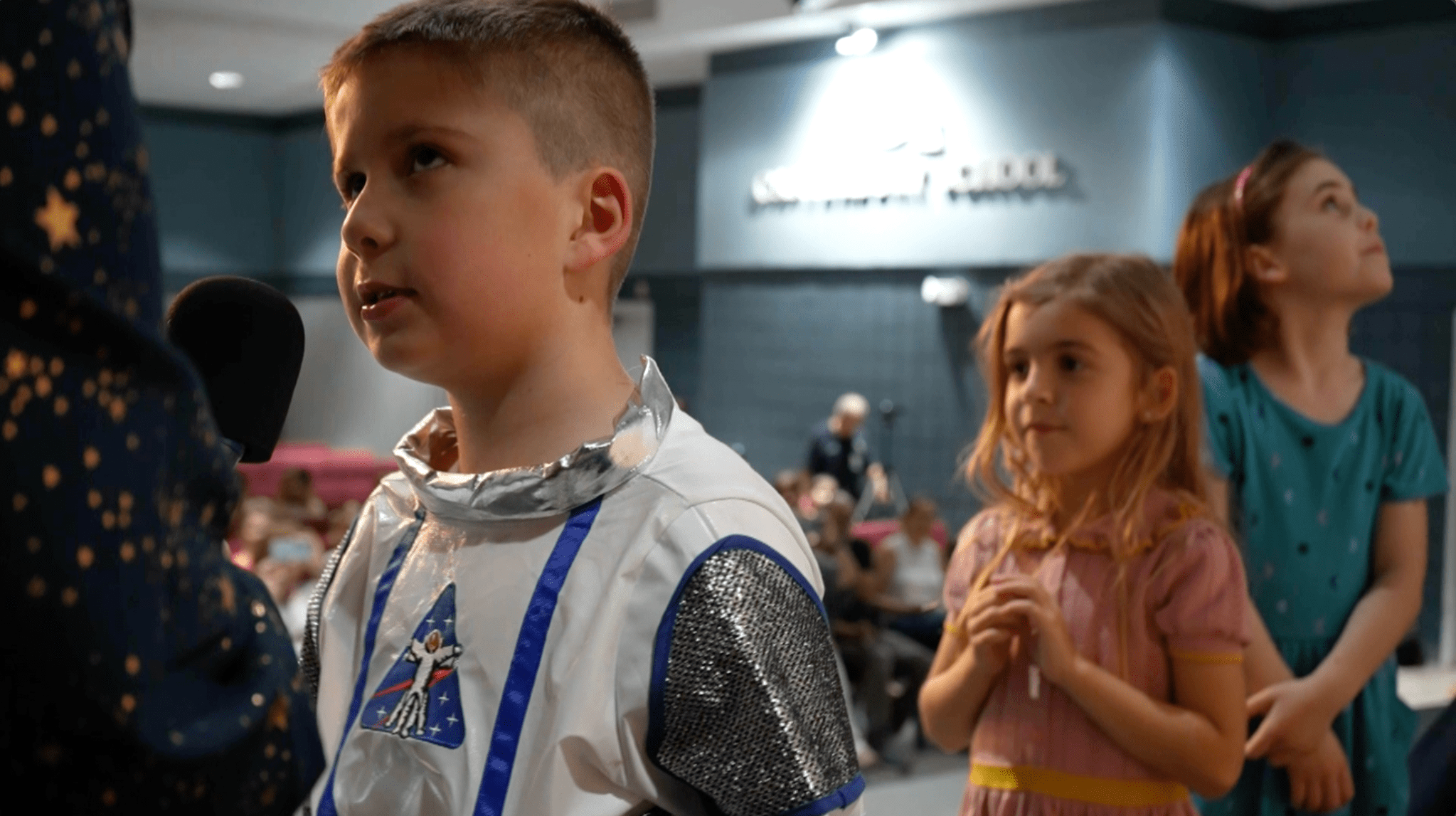
From an Astronaut’s Perspective
Ham radio also contributes to astronaut well-being. In addition to scheduled contacts, crew members often crank up the radio during free time to catch calls from around the world.
Lindgren spoke to amateur radio operators or “hams” on all seven continents. His favorite memory is connecting with eight-year-old Isabella Payne and her father Matthew Payne in the United Kingdom. “Hearing her young, accented voice cut through the static – I was very impressed to hear her calling the space station,” said Lindgren. “It made my day!”
Lindgren’s contact with Payne was on Aug. 2, 2022. On Aug.18, 2023, Payne’s school, St Peter-In-Thanet CE Primary, conducted a scheduled contact with NASA astronaut Jasmin Moghbeli.
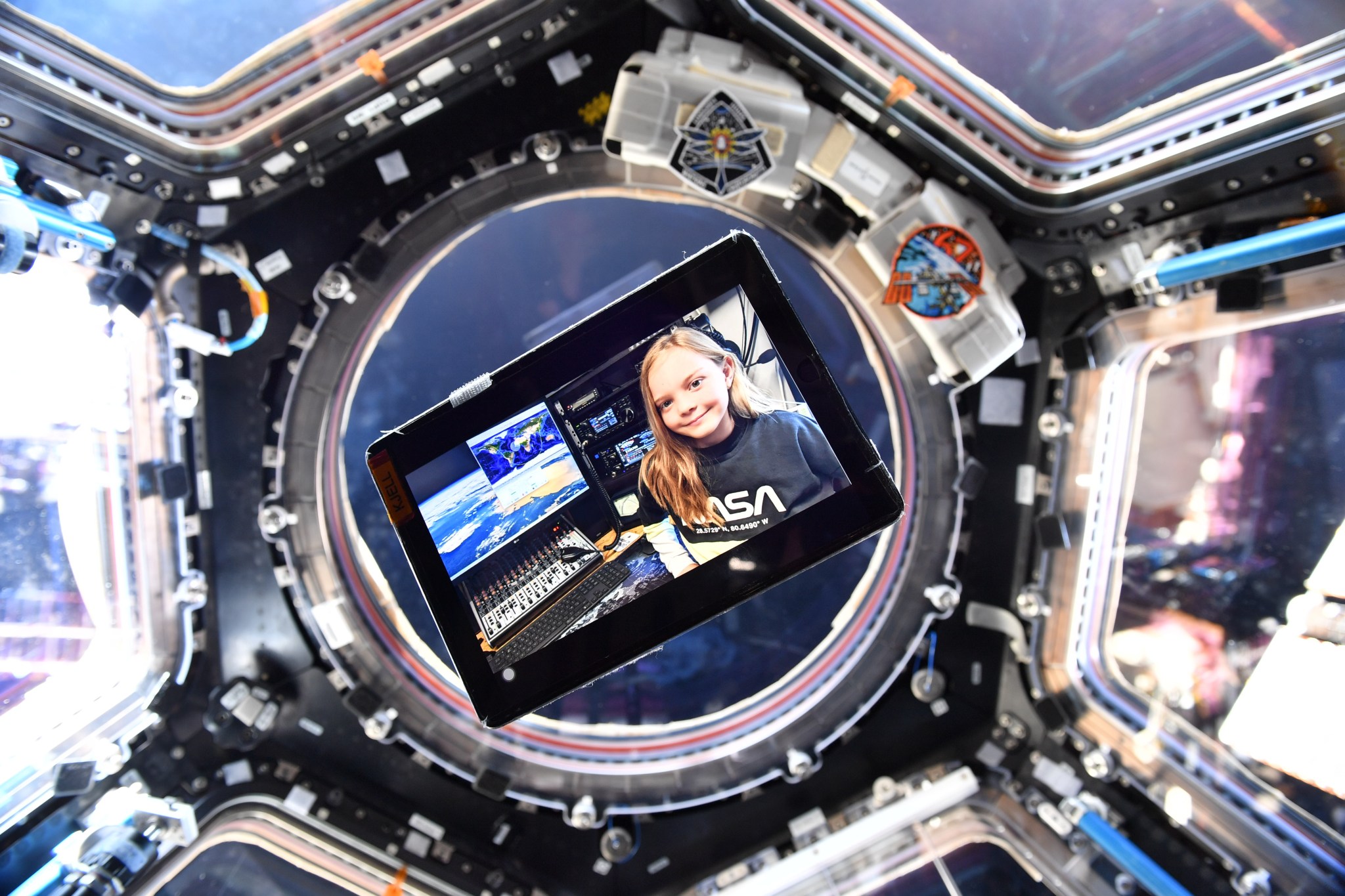
The program also fosters international cooperation. Crew members are trained by multi-national teams. Italian teams designed and built antennas, while German teams built repeater stations that improve ham contacts. Amateur radio even serves as an emergency backup communications network for the space station.
How Schools Can Get Involved
ARISS is a partnership between NASA, amateur radio organizations, and international space agencies. While there is no cost to a host location for the contact, there may be some equipment-related costs. Scheduling is subject to mission operations and may change, so hosts need to be flexible.
The astronaut and the ham radio operator, who is the technical point of contact on the ground, must be licensed. While students do not have to be licensed, many choose to obtain their license after the experience.
Information about applying is available at www.ariss.org or can be requested from ariss@arrl.org.
The Next 40 Years
“I hope the program continues for a long time,” said Maichle. “It is so important for kids trying to figure out what you want to accomplish in life. It is cool to have that memory that sticks with you. It inspires so many people.”
And as those involved celebrate 40 years of ham radio in space, some are dreaming even bigger.
“I would love for there to be a continued amateur radio presence in human spaceflight,” said Lindgren. “I expect we’ll have a radio on the space station for as long as it operates. Then can we put a ham radio station on the Moon? Now that would be cool.”
Melissa Gaskill
International Space Station Program Research Office
Johnson Space Center
Search this database of scientific experiments to learn more about those mentioned above. Space Station Research Explorer.
What's Your Reaction?









